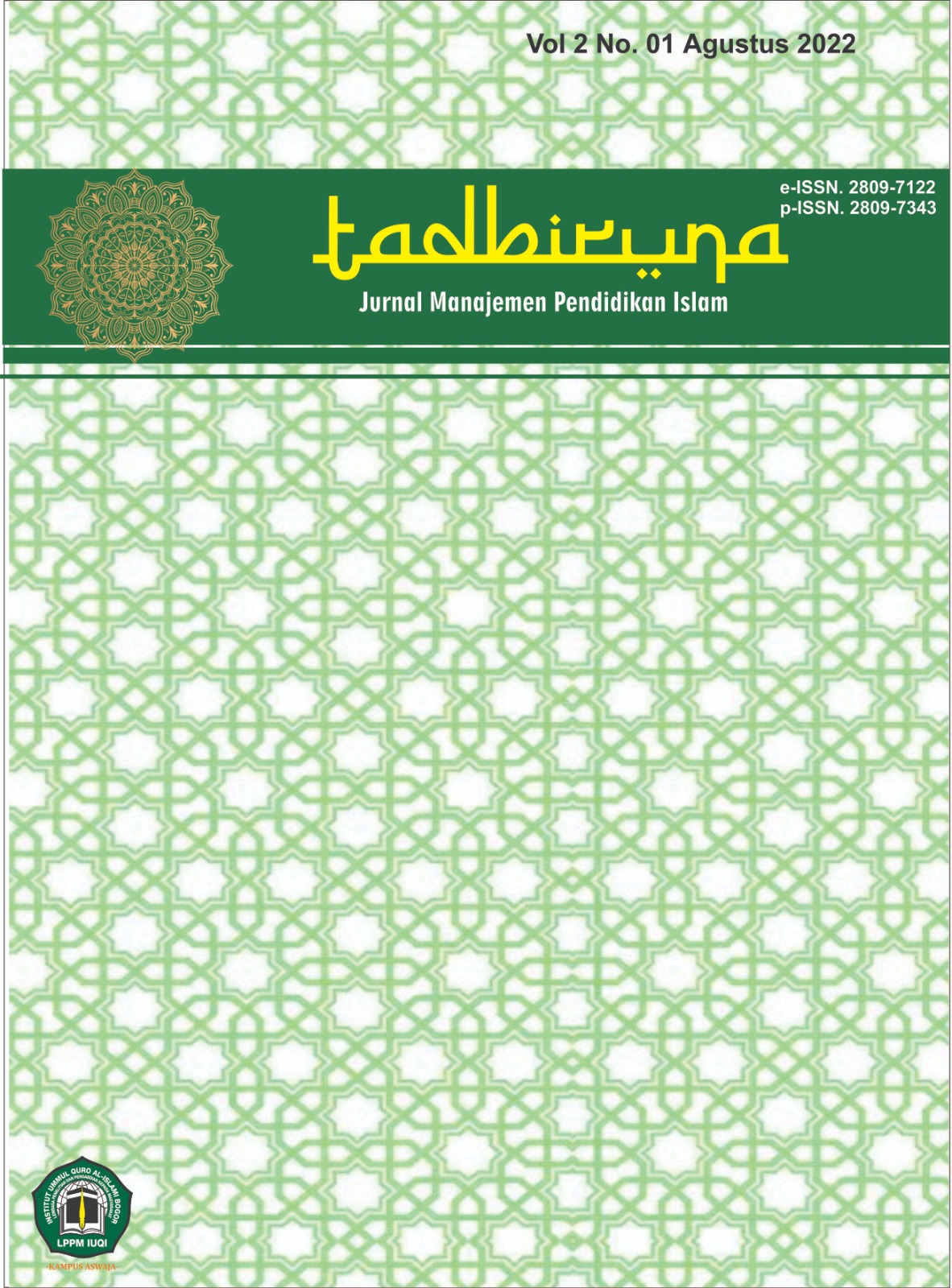TINJAUAN PENERAPAN MUTU PENDIDIKAN DENGAN PENDEKATAN FISHBONE DIAGRAM
Main Article Content
Abstract
This study aims to analyze the implementation of Total Quality Management (TQM) using the Fishbone Diagram approach to improve the quality of education. Utilizing a literature review method, this research examines various scholarly sources on quality management tools, such as Shewhart Control Chart, Flow Chart, SWOT Analysis, and Fishbone Diagram, and their relevance to the education sector. TQM is seen as an effective paradigm for creating a culture of continuous quality improvement in educational institutions, while the Fishbone Diagram serves as a visual analysis tool that helps identify the root causes of problems affecting educational quality. The results show that this integrated approach can enhance the efficiency, effectiveness, and quality of education by systematically identifying core issues, such as low-quality educators, limited infrastructure, and lack of student motivation. The Fishbone Diagram also enables educational institutions to map contributing factors in a structured manner and find relevant solutions. By combining TQM principles and Fishbone Diagram analysis, educational institutions can meet established quality standards and foster innovations that support national educational goals
Article Details

This work is licensed under a Creative Commons Attribution-ShareAlike 4.0 International License.
http://jurnal.iuqibogor.ac.id/index.php/tadbiruna/index
References
Ahadi, G. D., Rahayu, S., FIkrianto, Muh., & Sutomo, S.Y. (2024) Evaluasi dan Kontrol Kualitas Kelengkapan Berkas Rekam Medis di Puskesmas Kediri Lombok Barat. EJOIN: Jurnal Pengabdian Masyarakat, 2(3)


